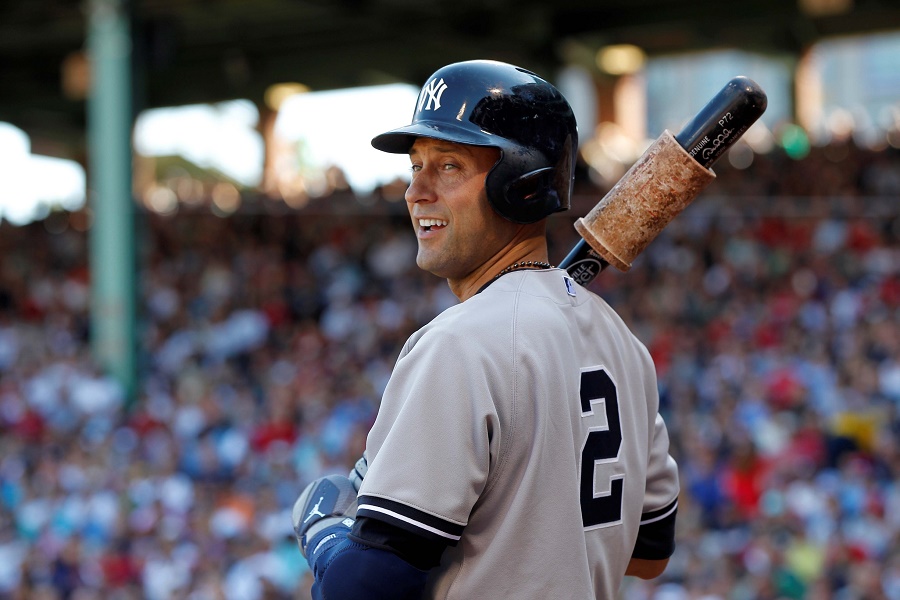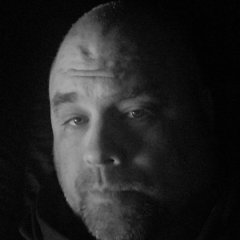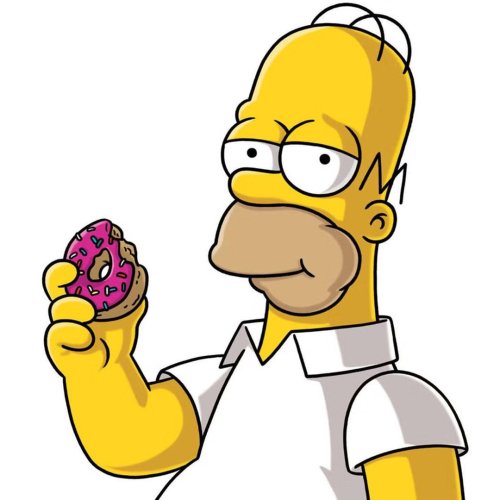
Twins Video
I looked at all of the first-round draft picks going all the way back to the beginning. 1965 was the first year of the amateur draft. I lumped all of the first-round picks together and ran some fun pivot tables. Some of the results are interesting, even surprising.
First, let’s take a look the Average WAR (Wins Above Replacement) for the top 12 players selected each year. Admittedly, there is no perfect way of making the data mean a lot. The sample size is just too small. There have been 50 drafts, but the data is incomplete for anyone who continues to play. So, be sure to take this information with a grain of salt.
Pick / Avg WAR
1 / 40.8
2 / 35.5
3 / 48.4
4 / 44.6
5 / 38.6
6 / 56.7
7 / 37.1
8 / 49.2
9 / 28.8
10 / 34.5
11 / 26.3
12 / 32.0
The data on this chart shows that the #6 pick has proven to be the best over the history of the MLB Draft. At 56.7 WAR, the #6 spot is 7.5 WAR ahead of the next highest position, the #8 spot.
Now, the #6 spot has produced some of the best baseball players in history.
- The Pittsburgh Pirates took an outfielder from Arizona State with the sixth pick of the 1985 MLB Draft. Barry Bonds turned into one of the best hitters of all time. He posted 162.4 WAR.
- The Milwaukee Brewers drafted a shortstop out of a high school in Tampa Bay. Gary Sheffield was one of the most feared hitters in baseball during his playing days. He posted a career WAR of 60.2.
- In 1992, the New York Yankees took a tall, skinny shortstop out of a Michigan high school with the sixth pick. Derek Jeter became the face of Major League Baseball for almost two decades. He posted a career WAR of 71.8.
Jeter will most likely be a first-ballot Hall of Famer. Bonds is the all time home run leader and should have been a first-ballot Hall of Famer. And for similar reasons, despite over 500 home runs and an OPS over .900, Sheffield was not, but should have been, a first-ballot Hall of Famer.
There is a second tier of players that were also taken with the sixth overall pick in an MLB Draft.
Zack Greinke was the sixth overall pick out of high school in 2002. He was at 42.0 WAR coming into this season. That is just ahead of Andy Van Slyke (41.2 WAR) who was the Cardinals’ first-round pick in 1979. Kevin McReynolds (29.9) was the top pick of the Padres in 1981. John Mayberry (24.7) was the Astros top pick in 1967. The Cardinals selected Terry Kennedy (21.5) with the sixth overall pick in 1977. Spike Owen (12.5) was the Mariners first round pick in 1982. Former Twins outfielder Ken Landreaux (10.4) was the Angels first round pick in 1976. Former Rays outfielder Rocco Baldelli (10.2) was the sixth pick in the 2000 draft. If not for his injuries, his numbers could have been greater.
Of 50 sixth overall picks in the MLB draft, only those 11 players have posted a WAR of 10 for their career.
To be fair, there are players selected with the sixth overall pick in recent years who are likely to surpass 10 WAR in the next few years. That includes Washington Nationals infielder Anthony Rendon and New York Mets pitcher Zack Wheeler.
The last three #6 picks were Albert Almora (Cubs 2012), Colin Moran (Marlins 2013), and Alex Jackson (Mariners 2014). Obviously they have yet to play in the big leagues and could alter these numbers.
Of the 50 players taken with the sixth overall pick, 13 players have a negative WAR or 0 WAR. Another 14 of them never (or have not yet) played in the big leagues. Twins fans will likely remember the 1998 draft. The Minnesota Twins took a left-handed starting pitcher. He was very successful in college baseball while playing at powerhouse Arizona State University. He was said to have great mechanics and had worked with his father all the way up. Ryan Mills never pitched in a big league game.
The draft is one way for an organization to accumulate talent. Having a high draft pick certainly should increase the odds of getting a more talented, elite-level prospect. But it doesn’t guarantee anything. We would all love for whoever the Twins pick this year to become the next Barry Bonds, Gary Sheffield or Derek Jeter. We should also be thrilled if that player becomes the next Zack Greinke or Andy Van Slyke.
The important thing to remember is that it’s possible to get a Brian Dozier in the eighth round or a Kent Hrbek in the 17th round.
MORE FROM TWINS DAILY
— Latest Twins coverage from our writers
— Recent Twins discussion in our forums
— Follow Twins Daily via Twitter, Facebook or email
— Become a Twins Daily Caretaker






Recommended Comments
Join the conversation
You can post now and register later. If you have an account, sign in now to post with your account.
Note: Your post will require moderator approval before it will be visible.